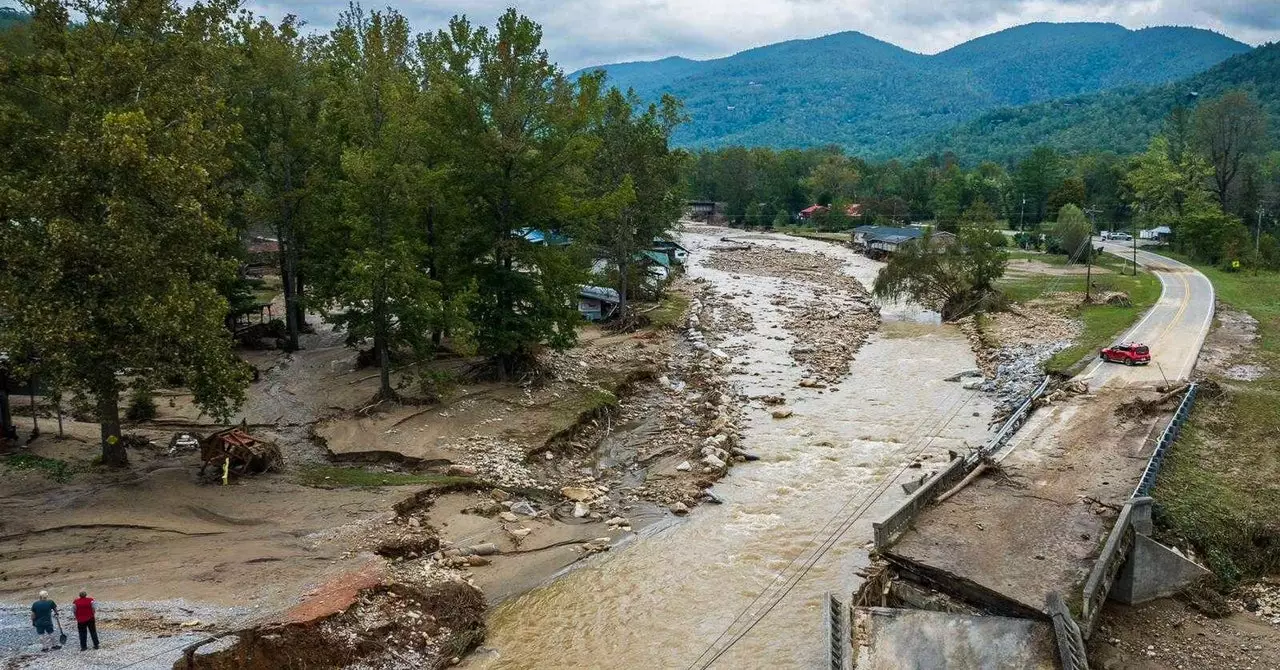In the face of increasing climate-induced challenges, today’s engineers are forced to rethink traditional approaches to infrastructure development. Standard practices that once sufficed are no longer adequate to manage the severe weather events that modern society encounters. This evolution in thought mirrors a growing acknowledgment that infrastructure must not only withstand the daily wear and tear but also the extraordinary forces of nature, like floods and heavy rainfall.
A prevalent suggestion from experts, including civil engineers, is to elevate rebuilt road systems. However, such a straightforward solution quickly reveals its complexities. Constructing roads and bridges designed to endure every conceivable disaster risks leading to exorbitant expenses and prolonged project timelines that could span generations. This conundrum highlights the need for innovative thinking and flexible materials that can accommodate fluctuating conditions without compromising overall structural integrity.
One of the key advancements in road construction is the integration of permeable materials, or “spongy” roads, which diverge from traditional concrete. This concept stems from the urgent necessity to manage water more effectively in areas prone to sudden downpours. Engineers have started to favor pervious concrete—a material that departs from the conventional mix of gravel, sand, cement, and water. Instead, it features a different water-cement ratio that promotes a thick, malleable mix capable of drying into a porous structure.
The texture of pervious concrete has been likened to classic snacks such as caramel popcorn or Rice Krispie treats, a whimsical comparison that underscores its unique construction. The porosity of this material allows for water to penetrate and be absorbed into the ground below, significantly reducing the risk of flooding on road surfaces. Traditional concrete, by contrast, predisposes itself to water pooling, which can eventually deteriorate crucial layers that bear the weight of passing vehicles.
Despite these benefits, pervious concrete is not without its disadvantages. Its inherent weakness compared to traditional concrete restricts its use in high-traffic areas, such as major highways which endure heavy truck loads. Currently, research is underway to bolster the material’s strength through the incorporation of various fibers, including steel and glass, which could expand its applicability.
A critical challenge arises in cold weather environments. The porous nature of this concrete means that in frigid conditions, water can infiltrate the material, freeze, and subsequently compromise its structural integrity. Maintenance also represents a significant concern. Regular cleaning is essential to prevent clogging from debris such as dust or leaves, necessitating ongoing investment in upkeep.
Another practical hurdle for local governments and agencies is the adaptation process required to switch to these novel materials. Often, this transition can incur additional costs, deterring some jurisdictions from embracing modern solutions. Nonetheless, innovative applications have emerged; certain areas have successfully utilized pervious concrete on highway shoulders where heavy vehicle traffic is limited.
The phenomenon of “scour” is one particular design challenge engineers confront—when an overwhelming volume of water cascades over roadways and bridge bases. This situation can have catastrophic effects on infrastructure, akin to the playful but destructive flow of water that children experience in backyards. To mitigate such risks, preparedness plays a crucial role in design and planning processes.
Incorporating rapid-response strategies and developing versatile materials are vital to ensure infrastructure can withstand the unforgiving nature of climate events. Such foresight is essential in cultivating resilience within communities, enabling them to recover swiftly without falling into a cycle of destructive repair.
To move forward effectively, the construction industry must wholeheartedly embrace a multifaceted approach that integrates both innovative materials and strategic planning. As climate challenges proliferate, it is imperative to prioritize resilience, not just in terms of structural strength but also in the economic feasibility of maintaining these modern solutions. A collaborative effort among engineers, local authorities, and communities will be pivotal in overcoming the trials posed by nature and ensuring safe, durable infrastructure for generations to come.


Leave a Reply